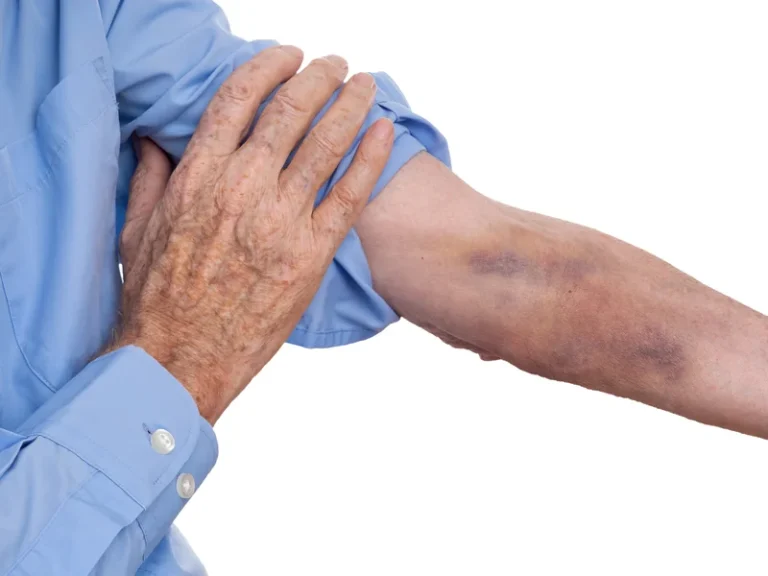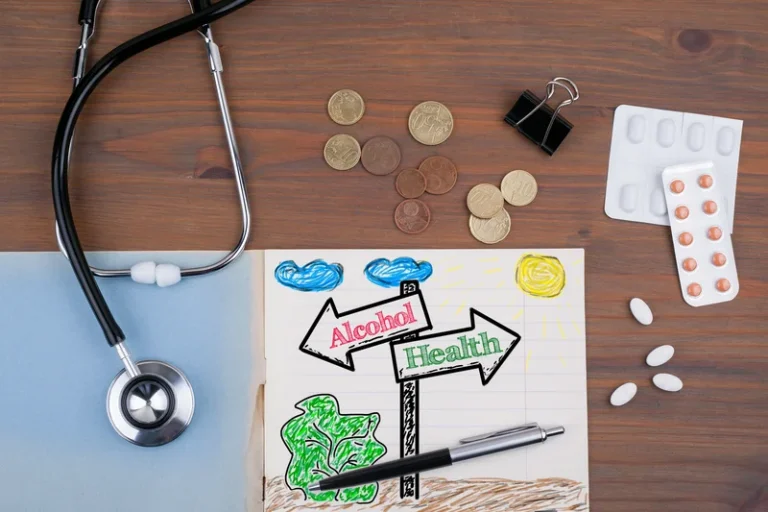
This ketoacidosis is similar to the ketoacidosis that occurs in diabetes except that, unlike in diabetic ketoacidosis, blood glucose levels are low. This is why diagnosis and subsequent treatment can sometimes be challenging, but it’s crucial to receive a proper and timely diagnosis to obtain the correct treatment. The patient should have blood glucose checked on the initial presentation.
- A person who isn’t eating properly and getting the nutrition the body needs from food because they’re drinking heavy amounts of alcohol instead, starts to get a buildup of excessive amounts of ketones in the body.
- Without insulin, your cells won’t be able to use the glucose you consume for energy.
- Alcohol withdrawal, in combination with nausea and vomiting, makes most patients agitated.
- The prognosis for alcoholic ketoacidosis is good as long as it’s treated early.
Ketone acidosis of nondiabetic adults

Detection of acidosis may be complicated by concurrent metabolic alkalosis due to vomiting, resulting in a relatively normal pH; the main clue is the elevated anion gap. If history does not rule out toxic alcohol ingestion as a cause of the elevated anion gap, serum methanol and ethylene glycol levels should be measured. Breathing tends to become deep and rapid as the body attempts to correct the blood’s acidity.
How can I prevent alcoholic ketoacidosis?
When your body burns fat for energy, byproducts known as ketone bodies are produced. If your body is not producing insulin, ketone bodies will begin to build up in your bloodstream. This buildup of ketones can produce a life-threatening condition known as ketoacidosis. Elevated cortisol levels can increase fatty acid mobilization and ketogenesis. Growth hormone can enhance precursor fatty acid release and ketogenesis during insulin deficiency.
Alcoholic Ketoacidosis Symptoms

Carbohydrate and fluid replacement reverse this process by increasing serum insulin levels and suppressing the release of glucagon and other counterregulatory hormones and by providing metabolic substrate. Dextrose stimulates the oxidation of the reduced form of nicotinamide adenine dinucleotide (NADH) and aids in normalizing the ratio of NADH to nicotinamide adenine dinucleotide (NAD+). Alcoholic ketoacidosis is a metabolic complication of alcohol use and starvation characterized by hyperketonemia and anion gap metabolic acidosis without significant hyperglycemia.
The test is free, confidential, and no personal information is needed to receive the result. If you develop any of these symptoms, seek emergency medical attention. Alcoholic ketoacidosis can develop when you drink excessive amounts of alcohol for alcohol ketosis dangerous a long period of time. Excessive alcohol consumption often causes malnourishment (not enough nutrients for the body to function well). Intravenous benzodiazepines can be administered based on the risk of seizures from impending alcohol withdrawal.
Alcohol-Related Metabolic Emergencies
- One complication of alcoholic ketoacidosis is alcohol withdrawal.
- People who drink large quantities of alcohol may not eat regularly.
- Not eating enough or vomiting can lead to periods of starvation.
- Your doctor and other medical professionals will watch you for symptoms of withdrawal.
- In most cases, the patient’s endogenous insulin levels rise appropriately with adequate carbohydrate and volume replacement.
The decreased insulin-to-glucagon ratio that occurs in starvation indirectly reduces the inhibition on CAT activity, thereby allowing more free fatty acids to undergo oxidation and ketone body formation. Generally, the physical findings relate to volume depletion and chronic alcohol abuse. Typical characteristics of the latter may include rhinophyma, tremulousness, hepatosplenomegaly, peripheral neuropathy, gynecomastia, testicular atrophy, and palmar erythema. The patient might be tachycardic, tachypneic, profoundly orthostatic, or frankly hypotensive as a result of dehydration from decreased oral intake, diaphoresis, and vomiting.

In most cases, the patient’s endogenous insulin levels rise appropriately with adequate carbohydrate and volume replacement. Insulin may be required in patients with diabetes who have AKA. If the patient’s blood glucose level is significantly elevated, AKA may be indistinguishable from diabetic ketoacidosis (DKA).
What Are the Symptoms of Alcoholic Ketoacidosis?

- The absence of hyperglycemia makes diabetic ketoacidosis improbable.
- Cells still need energy to survive, so they switch to a back-up mechanism to obtain energy.
- Hormone-sensitive lipase is normally inhibited by insulin, and, when insulin levels fall, lipolysis is up-regulated, causing release of free fatty acids from peripheral adipose tissue.
- Going on a drinking binge when your body is in a malnourished state may cause abdominal pain, nausea, or vomiting.


Share your feedback about this course